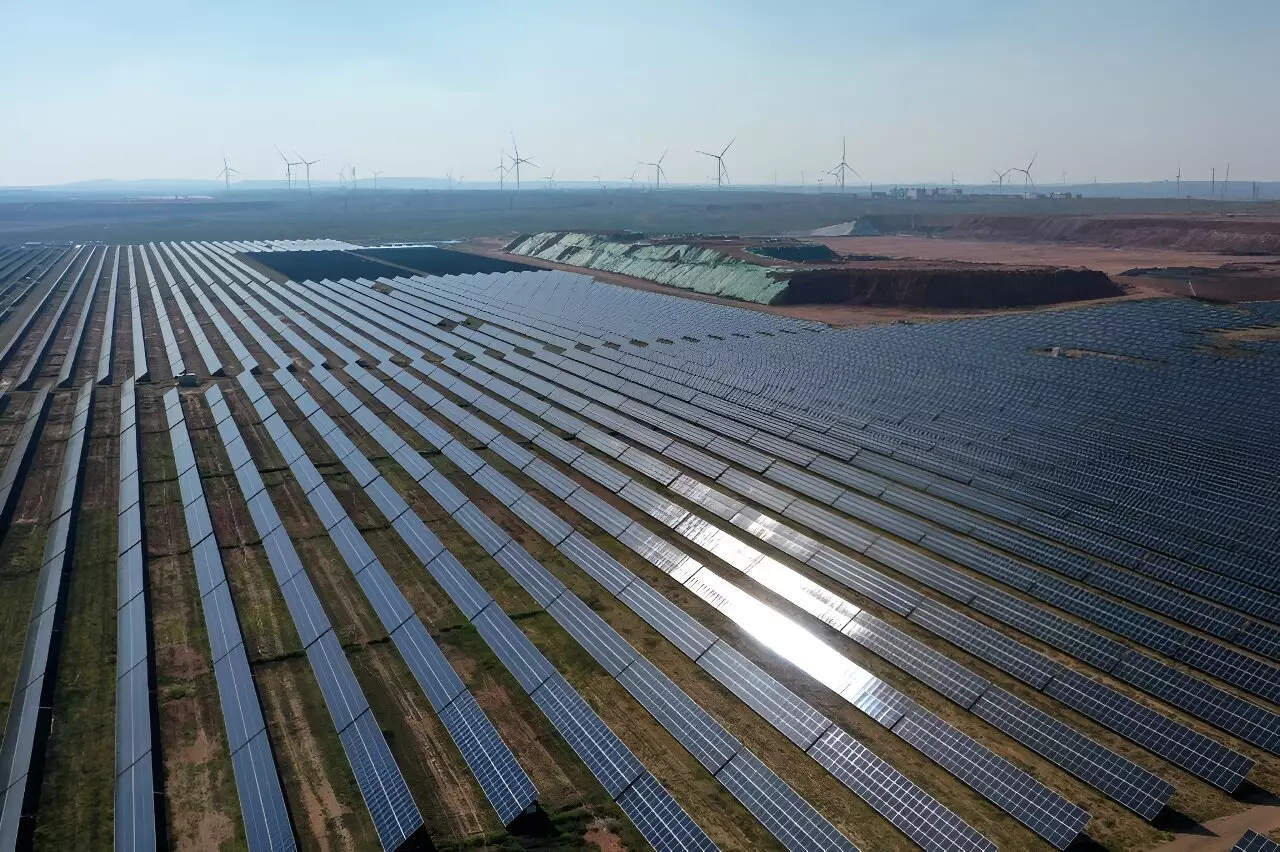Recent research highlights a noteworthy shift in China’s energy consumption landscape, with clean energy sources now accounting for a quarter of the nation’s total energy use. This shift marks a significant transition in response to the pressing concerns of climate change and environmental sustainability. Despite being the foremost emitter of greenhouse gases globally, China has emerged as a pivotal player in the renewable energy sector, striving to balance rapid economic growth with environmental responsibility.
In pursuit of greener energy solutions, China has made ambitious commitments under the global climate agenda. The nation has set a target to peak its carbon emissions by 2030 and achieve net-zero emissions by 2060. These projections reflect a profound commitment to creating a sustainable future, a necessity given the alarming rates of climate change currently threatening our planet. A recent white paper indicates a significant increase in the share of clean energy in national consumption, climbing from 15.5% to approximately 26.4% within the last decade, showcasing China’s dedication to this cause.
Perhaps the most striking statistic emerging from this shift is the tenfold growth in wind and solar capacity observed over the same period. China has become a powerhouse in renewable energy production, contributing over 40% of global renewable energy capacity additions since 2013. This dramatic increase signifies not only a commitment to reducing reliance on fossil fuels but also positions China as a leader in renewable technology development on the world stage. The white paper released by state news agency Xinhua underscores these achievements, celebrating the “historic breakthroughs” that herald a new era in energy production.
China’s efforts align with the stipulations of the Paris Agreement, wherein nations have collectively pledged to mitigate greenhouse gas emissions to keep global temperature rises below 1.5 degrees Celsius. While Beijing has received international acclaim for its efforts to phase out traditionally polluting energy sources, including coal, there remains a sense of urgency for even bolder actions. The realization of targets will require not just policy commitments but also substantive changes across various sectors of the economy.
Despite these strides, challenges linger within China’s energy transition strategy. The growth of the renewables sector has been inconsistent, leading to significant energy wastage due to mismatched infrastructure development. Furthermore, recent turbulence in the domestic solar industry has plunged numerous companies into financial distress, illustrating the vulnerabilities that still affect this burgeoning sector. The need for comprehensive regulatory frameworks, alongside substantial investments in technology and infrastructure, is crucial to overcome these hurdles and ensure that the substantial gains in renewable capacity do not come at a cost.
While China has made impressive advancements in the shift towards renewable energy, the journey is marred by challenges that require persistent efforts and a multifaceted approach. The evolution of an economy towards sustainability is laden with complexity, making it essential for policymakers to navigate these challenges prudently. As global emissions continue to rise, the world watches closely to see how China will balance its economic ambitions with its environmental responsibilities. The path forward will undoubtedly require innovation, resilience, and an unwavering commitment to green energy.


Leave a Reply